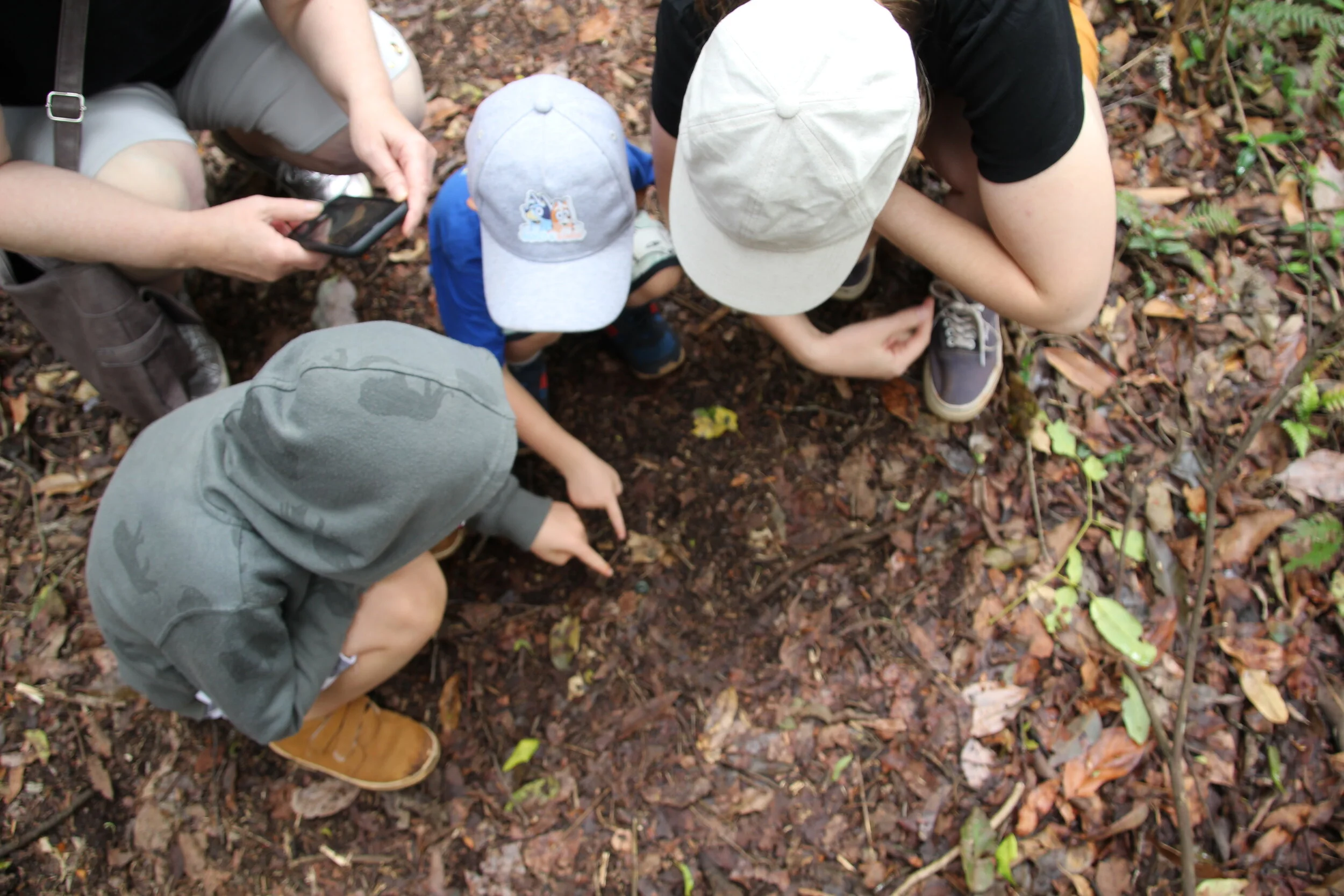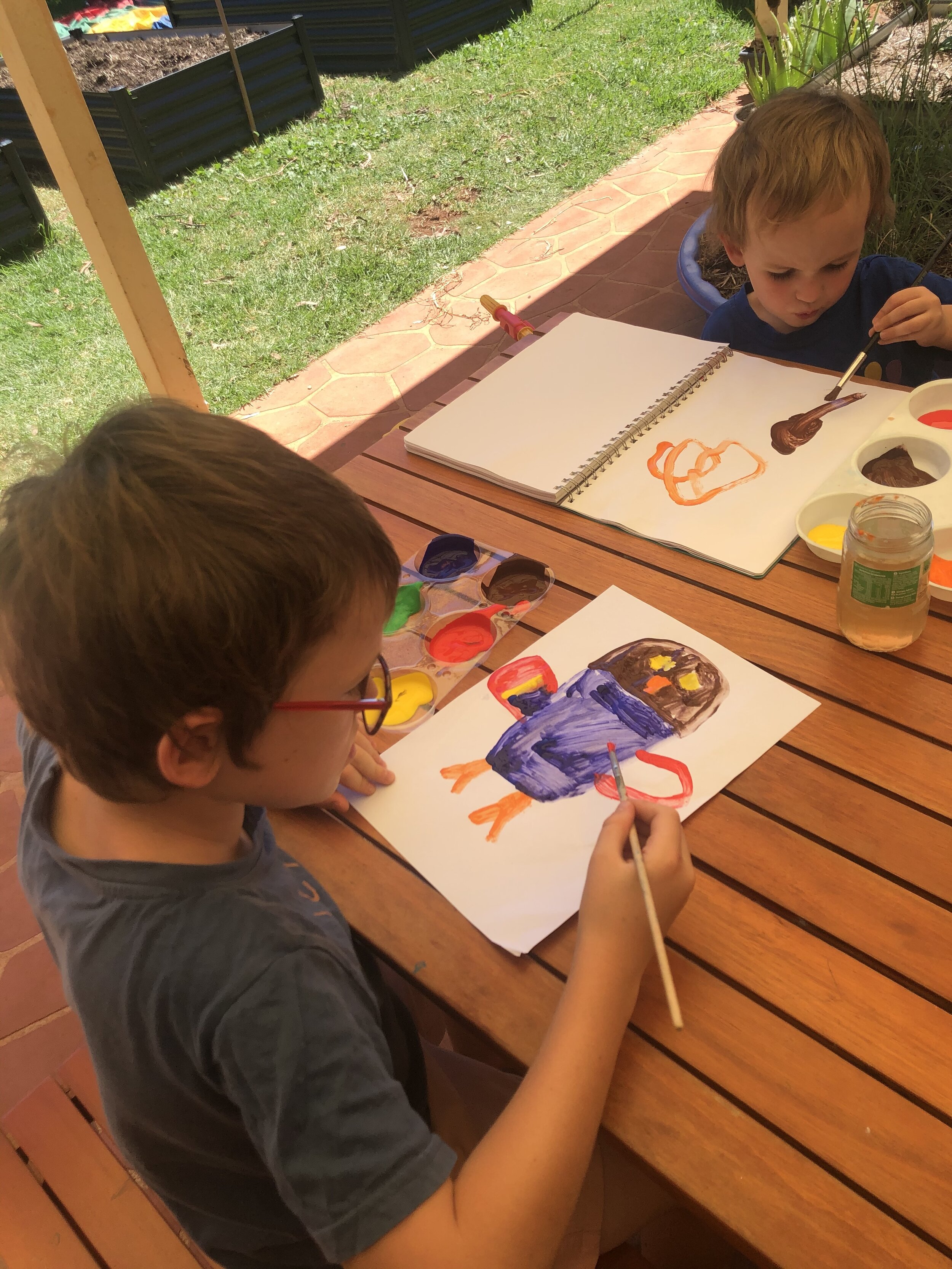Homeschooling: How I Follow My Children’s Interests
When people find out I homeschool my children, I am met with a few questions. The most common are: How do you do it? Is it hard to get your child to do the work? So, in this article I will share with you how I do it, and I will tell you straight up, no I don’t find it hard at all…because I follow my children’s interests (if I didn’t, I can assure you it would be a very steep uphill battle).
When people find out I homeschool my children, I am met with a few questions. The most common are: How do you do it? Is it hard to get your child to do the work? So, in this article I will share with you how I do it, and I will tell you straight up, no I don’t find it hard at all…because I follow my children’s interests (if I didn’t, I can assure you it would be a very steep uphill battle).
I first decided to homeschool my children before they were even born. I have hundreds of reasons why I made that decision, but that is for a future article. For now, I will say that a big part of the reason was because I wanted what they learnt, to be relevant to them as individuals.
My own experiences of the education system were of a blanket approach, where you had to do what the teacher said, when the teacher said it, and only in a certain way. There was no opportunity for creativity, innovation or outside-the-box thinking. Essentially the current education system squashes your dreams and passions as an individual. Maybe this is why so many kids skip school (I know I definitely skipped school when it didn’t meet my interests).
For my own children, I want them to feel like their own individual interests and passions matter. That these interests are important enough to investigate – and on a much deeper level than you will find at any school. I want them to have a MEANINGFUL education, where they develop a natural and intrinsic motivation and love of learning.
The first thing I did was to read (if you haven’t gathered by my social media posts or previous articles, to say I LOVE reading is an understatement). Some of the books I found particularly helpful in deciding what would work best for my children are:
- Dumbing Us Down by John Taylor Gatto
- The Call of the Wild + Free by Ainsley Arment
- The Brave Learner by Julie Bogart
- Teach Your Own by John Holt & Pat Farenga
- Balanced and Barefoot by Angela Hanscom
- How to Raise a Wild Child by Scott D Sampson
There are actually many more books I could add to this list, but I want to focus on the point of this article and not make this into a book list. However, you can see that I do, do a lot of research. I am a researcher, and from that research I make informed decisions that work best for my family. Which is something important to remember. As you read this, what works for my family, may not work for yours. So, take what you need from my own personal experience and leave the rest here.
From all this research, I concluded that an unschooling/natural learning approach would be what suited us best. With this in mind, I then looked up the registration requirements, and joined several Facebook groups for some support.
Basically, for Queenslanders we need to submit a Plan of how we will facilitate our child’s education for the year to come, as well as a Report which reflects on the year that has been as well as showing some Work Samples from English, Maths and one other subject of choice.
For this article, I will just focus on the Plan. To date, I have submitted two Plans to the Home Education Unit, both were approved straight away. One of the most important things for me as a Homeschooling Parent (although to be honest I prefer the term, Natural Learning Parent – because that’s more in alignment to the way we do things, you won’t find a “school at home” in my house) is that my children are involved in the Planning process. What works for us now, is that my 8-year-old son chooses 4 topics he wants to investigate and explore deeply over the coming year. Then I spend time researching different resources and opportunities I can provide for him to investigate these topics. I spread these over every subject of the Australian Curriculum (i.e. English, Maths, Science, HAAS, Languages, etc).
To give you an example, the first topic we looked at this year was Australian Birds. Now I don’t know about you, but when I learnt about Australian Birds at school, it was in a classroom, seated at a desk, with a text book. Boring. Irrelevant. No basis for the real world. That was my takeaway as a 9-year-old, sitting in my third-grade class.
For my son, he is a hands-on and visual learner. He learns best through seeing and doing. It’s crucial that you know the way your child learns. It’s no use giving them a podcast to listen to, if their auditory processing system is their weakest, you’re just setting them up to fail. So, with all this in mind, my goal was to make it FUN. That’s right, I said the word “fun” as the main goal for my homeschooling plan. Because quite frankly, “if it’s not fun, you’re not doing it right” (wise words by Teacher Tom).
My son kept a bird watching journal, we went on regular bushwalks and hikes, he wrote down his observations, we read Aboriginal Stories about Australian Birds, we collected fallen feathers to identify which bird they came from, we explored weight and gravity using those same feathers, we did Maths equations and graphs based on the data we collected in the bird watching journal and we painted birds. My son now has quite the in-depth knowledge of Australian Birds, and he learnt it all in the real world, in our local community. To him it was interesting, meaningful and relevant to his life. He also covered English through reading, comprehending, writing and spelling; Maths through graphs, equations, predictions and measurements; and I could write what he learnt from every subject, but you get the gist. It was a holistic approach to his investigation.
Throughout this entire time, he kept his intrinsic motivation. There was no force or coercion necessary, because he was learning about something he chose. His entire homeschooling plan is interest-driven. That’s an important distinction to make with natural learning and mainstream schooling; very rarely are children given the opportunity to choose what they want to learn. We also spend A LOT of time outside, even doing bookwork type activities outdoors. The studies are conclusive: children NEED nature. I highly recommend reading Last Child in the Woods by Richard Louv where he discusses “nature-deficit disorder” and how it’s running rampant in our world because children are forced inside classrooms for most of the day, five days a week.
At this point in time, we are up to our third topic for the year, which just like the first half of this year, and all of last year, my son chose. I know homeschooling isn’t for everyone, and if you can’t homeschool for whatever reason, perhaps you can make time for your child to choose something to investigate at home. Follow your child’s current passion. It works best if you are right there alongside them, learning as well. Relationships and connection form the foundation for the best educations. So, get out your curiosity and inquisitiveness. I can tell you without a sliver of a doubt, that you will learn so much more too – more than you ever learnt during your own time at school. Plus, the relationship with your child will skyrocket and strengthen. It’s a win-win.
Let me know in the comments ways you meet your child’s interests, or ways you plan to.
Love & Gratitude,
Steph xx
Aware Parenting & Homeschooling
Yesterday I had the pleasure of having a conversation with Marion Rose on her podcast.
We discussed Aware Parenting, homeschooling, high sensitivity, my Family Day Care and so much more.
Read the full article for the link to the podcast.
Yesterday, I had the pleasure of having my second conversation on my dear friend and mentor, Marion Rose’s Podcast.
We chatted about Aware Parenting, Homeschooling, High Sensitivity as children and parents, and so much more.
To hear this conversation, please CLICK HERE.
Feel free to leave your thoughts and feelings in the comments below afterwards.
Much Gratitude,
Steph






